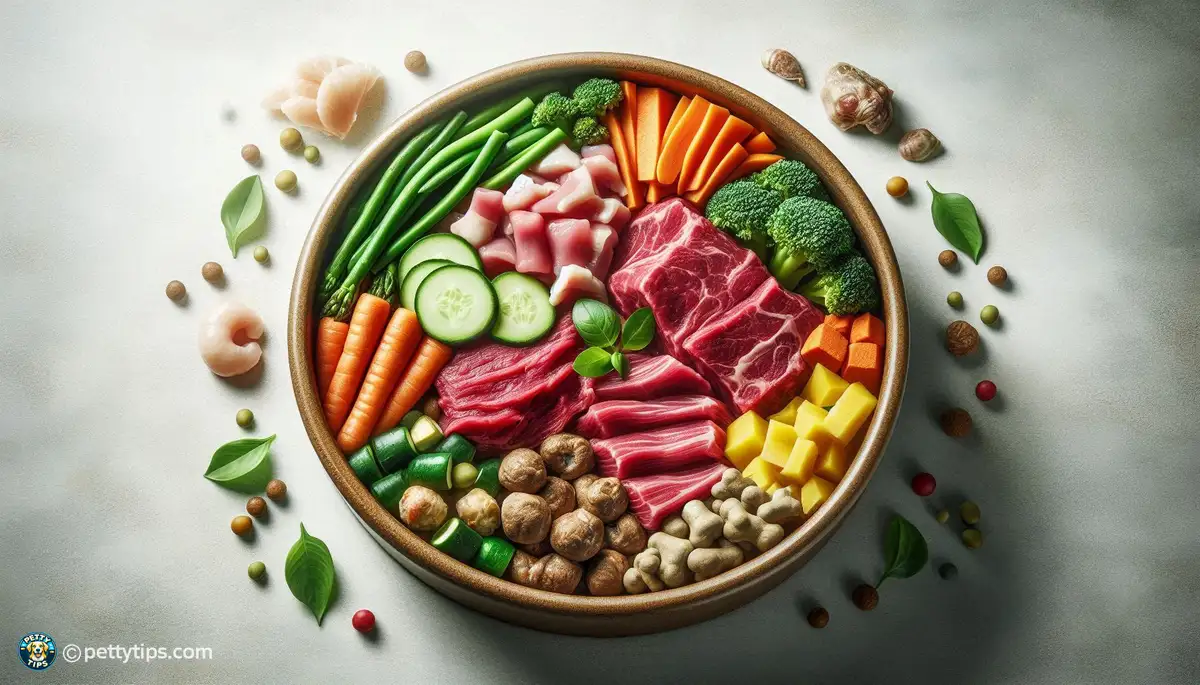
Transitioning Your Pet to Quality Food: A Comprehensive Guide
Mongrain Samuel - Oct 14, 2024 - 6 min read


heart disease in pets can be a daunting diagnosis for any pet owner. There are various types of heart conditions that can affect our furry companions. One of the most common is valvular disease, where the valves in the heart don't function properly, leading to leakage or narrowing. Another prevalent condition is dilated cardiomyopathy (DCM), characterized by an enlarged heart that struggles to pump blood effectively. Less common but equally concerning is hypertrophic cardiomyopathy (HCM), which involves thickening of the heart muscle, making it harder for the heart to pump blood.
Detecting heart disease in pets can be tricky since they can't communicate their symptoms as humans do. However, there are signs that attentive pet owners can watch out for. These may include lethargy, coughing, difficulty breathing, fainting, and even sudden collapse. Any of these symptoms warrant a visit to the veterinarian for a thorough examination and diagnosis. Early detection is crucial in managing heart disease and providing the best possible care for your furry friend.
Once a pet is suspected of having heart disease, the veterinarian will conduct a series of tests to confirm the diagnosis. These may include physical examinations, blood tests, electrocardiograms (ECG or EKG), chest X-rays, and echocardiograms (ultrasound of the heart). Once diagnosed, the treatment plan will depend on the type and severity of the condition. It may involve medications to manage symptoms, dietary changes, lifestyle adjustments, and in some cases, surgical interventions. It's essential to work closely with your veterinarian to develop a tailored treatment plan for your pet's specific needs.
Nutrition plays a pivotal role in managing heart disease in pets. A well-balanced diet can help support overall health and potentially alleviate some of the symptoms associated with heart conditions. When it comes to pets with heart disease, the focus shifts to maintaining optimal body condition, supporting heart function, and managing any concurrent health issues. This often requires a customized approach to diet and feeding practices.
raw feeding has gained popularity among pet owners in recent years, and for good reason. Advocates of raw feeding believe that a diet consisting of fresh, whole foods more closely mimics what animals would eat in the wild, making it biologically appropriate for dogs and cats. For pets with heart disease, a raw diet can offer several potential benefits. Raw foods are typically low in sodium, which is beneficial for pets with heart conditions as excess sodium can contribute to fluid retention and exacerbate symptoms. Additionally, raw diets are often rich in essential nutrients, antioxidants, and omega-3 fatty acids, which can support heart health and reduce inflammation.
While raw feeding can be beneficial for pets with heart disease, it's essential to approach it with caution and consult with your veterinarian before making any dietary changes. Some pets with heart conditions may have specific dietary restrictions or require modifications to their feeding regimen. For example, pets with DCM may benefit from a diet rich in taurine and other amino acids to support heart function. It's also crucial to practice proper food safety measures when feeding raw to minimize the risk of foodborne illness for both pets and humans.
Transitioning a pet to a raw diet requires careful planning and consideration, especially for those with underlying health issues like heart disease. It's essential to introduce new foods gradually to allow for proper digestion and to monitor for any adverse reactions. Start by incorporating small amounts of raw food into your pet's diet and gradually increase the portion size over time. Monitor your pet's weight, energy levels, and overall well-being throughout the transition process and make adjustments as needed.
When selecting ingredients for a raw diet for pets with heart disease, focus on high-quality, nutrient-dense foods that are low in sodium and rich in essential nutrients. Lean proteins, such as chicken, turkey, and lean cuts of beef or lamb, can serve as the foundation of the diet. Incorporate a variety of fruits and vegetables to provide antioxidants and fiber, but be mindful of their sugar content and choose low-sugar options. Consider adding supplements such as omega-3 fatty acids, taurine, and coenzyme Q10 to support heart health and overall well-being.
Once your pet is on a raw diet, it's essential to monitor their condition closely and make adjustments as needed. Keep track of their weight, body condition, energy levels, and any changes in symptoms related to their heart disease. Work closely with your veterinarian to assess your pet's progress and make any necessary modifications to their diet or treatment plan. Regular check-ups and follow-up appointments are essential for ensuring that your pet's nutritional needs are being met and that their heart disease is well-managed.
Managing heart disease in pets requires a multifaceted approach that includes proper medical care, lifestyle adjustments, and nutritional support. While heart disease can be a challenging diagnosis, with the right treatment plan and dietary management, pets can lead happy, fulfilling lives. By understanding the role of diet in managing heart disease and implementing a raw feeding regimen tailored to your pet's specific needs, you can provide them with the best possible care and support their overall health and well-being. Remember to consult with your veterinarian before making any significant changes to your pet's diet or treatment plan and work together to ensure the best outcomes for your furry friend.